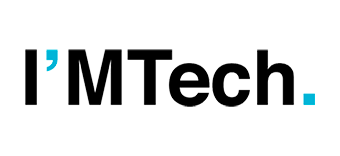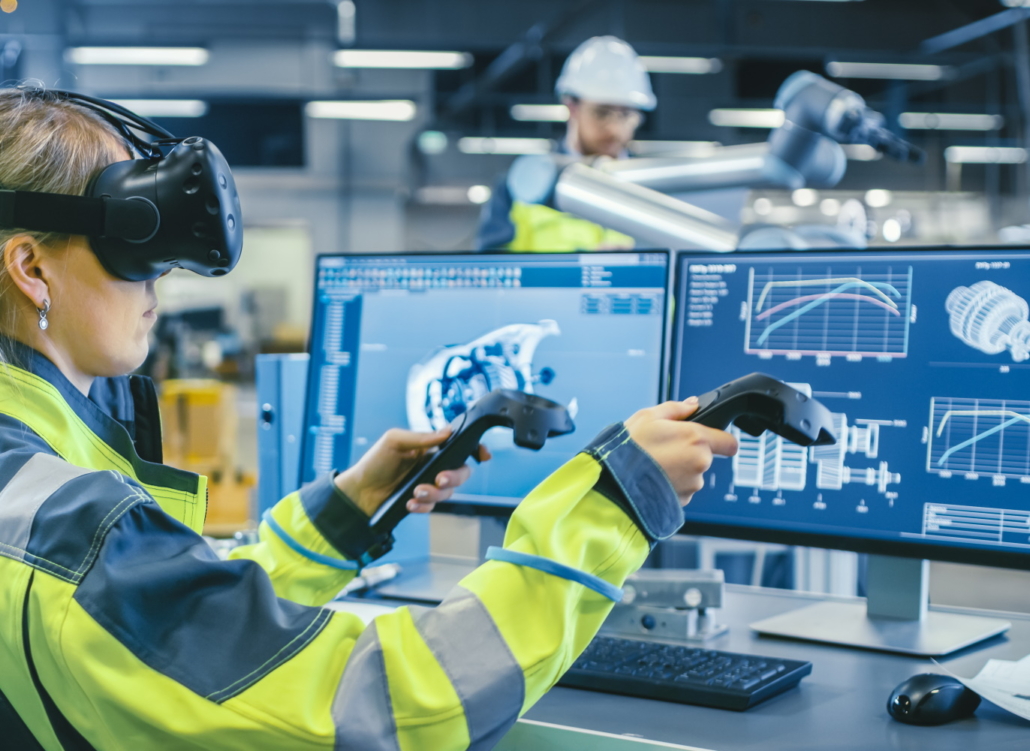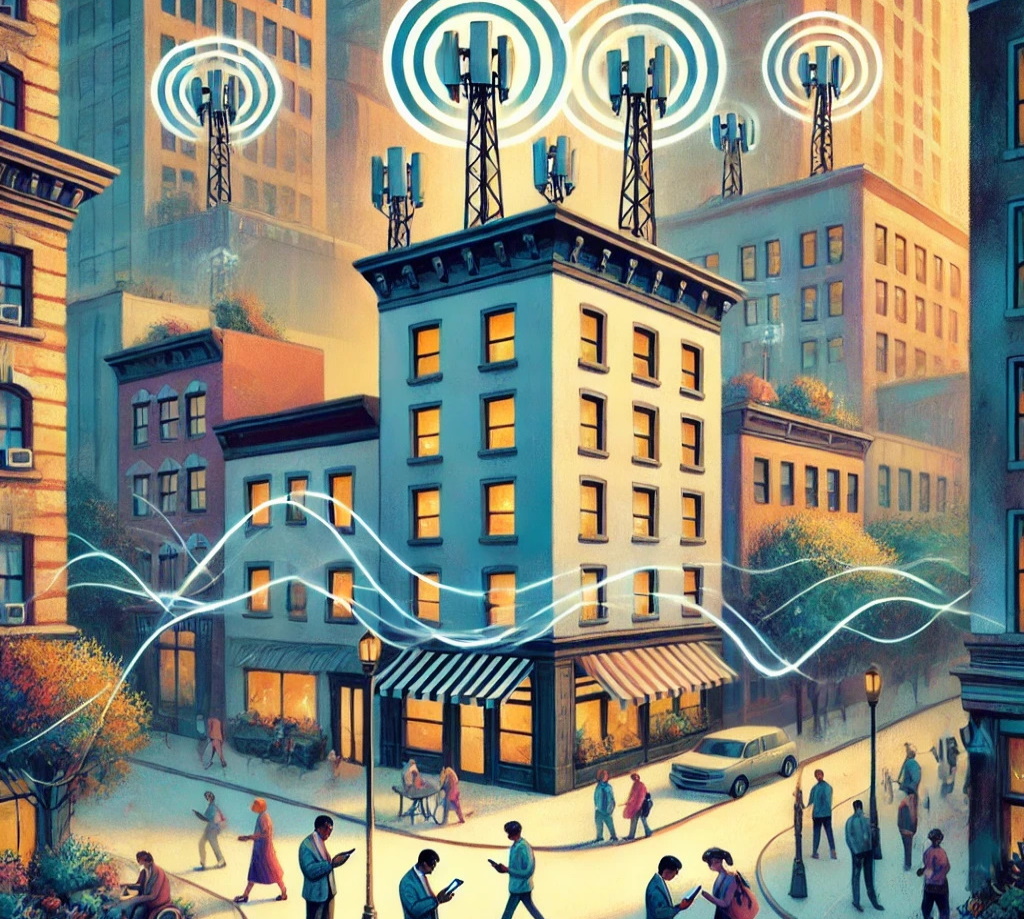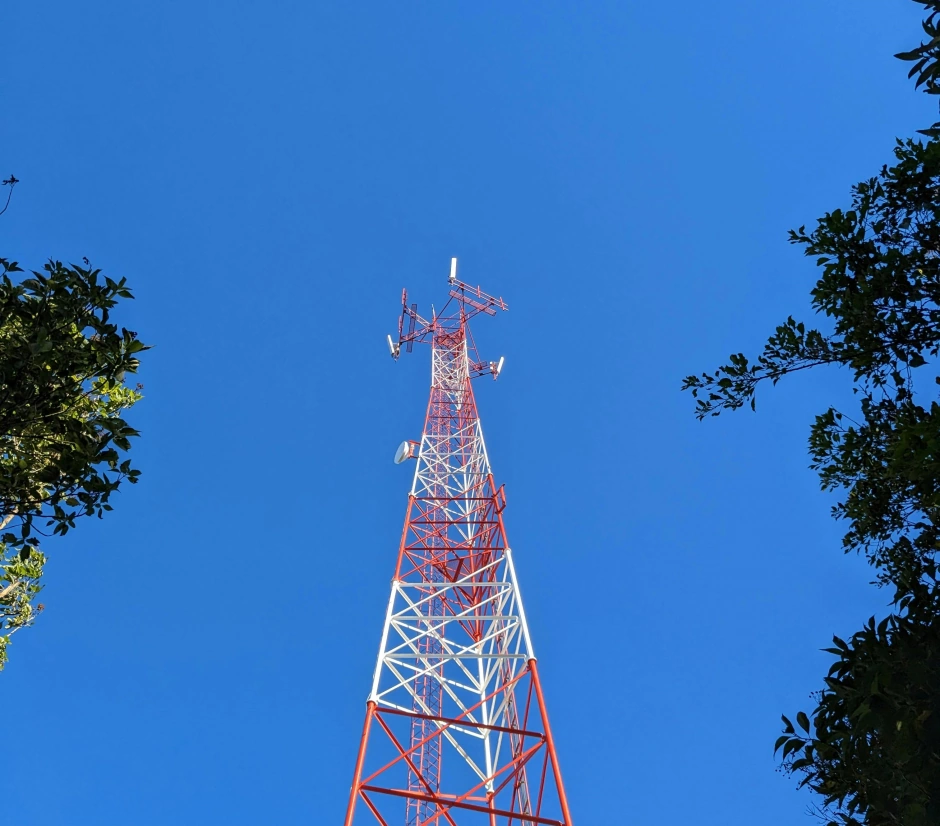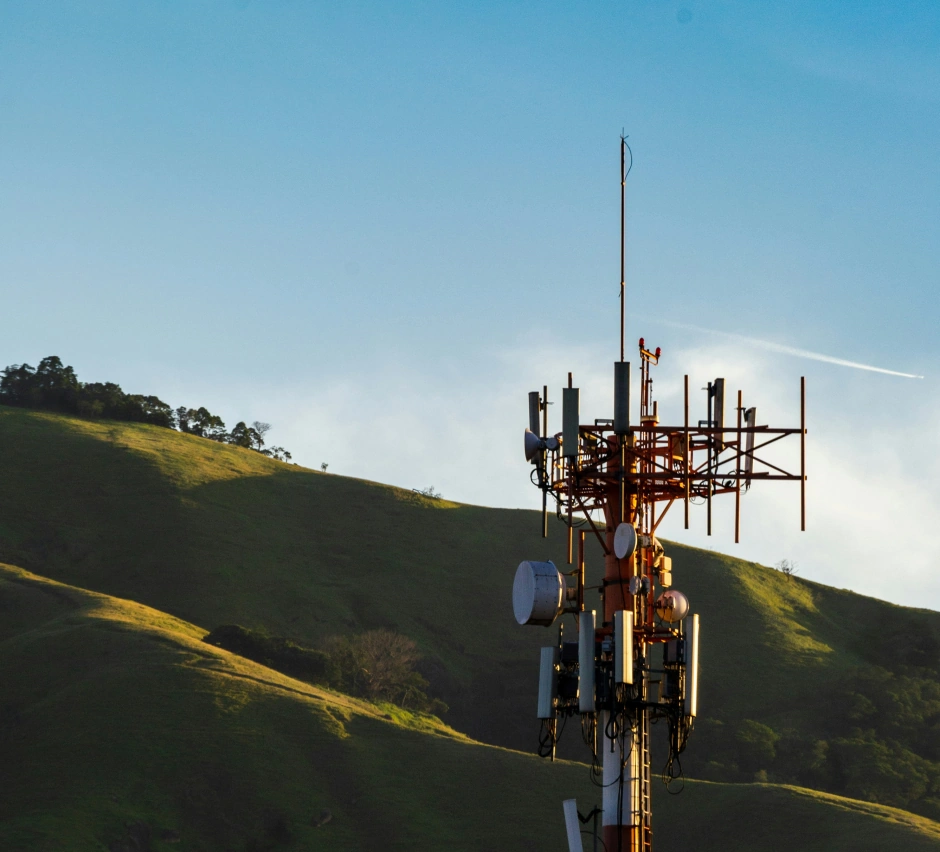Editorial
The roll-out of 5G isn’t just about ultra-fast throughput and reduced latency; above all, it symbolizes the emergence of new usages that are gradually reshaping the global economy and our lifestyles. With the expansion of 5G coverage, the array of opportunities is widening: smart factories, surgery robots, self-driving vehicles, safer and more sustainable cities, etc. From behind these promises emerges a major issue: how do we design and manage ever-higher-performing networks while keeping their economic, environmental and societal impacts under control? Through a series of articles, this feature offers insight to help us understand the various technical challenges, as well as the questions relating to optimization and energy restraint that accompany the transition from 5G to 6G.
Olivier Boissier, a Computer Science professor at Mines Saint-Etienne, and Guillaume Lozenguez, a researcher at IMT Nord Europe, take an essential look at connected objects, which are increasingly present in our daily lives. Through the FITNESS project, the two scientists share their vision of the communication protocols of tomorrow and the infrastructures destined to absorb the explosion of sensors. This technological context is also conducive to the deployment of virtual worlds: promising new spaces for exploration. Marius Preda, an Augmented Reality researcher at Télécom SudParis who is involved in the 5GMetaverse project, explains how 5G and immersion technology will support the evolution of collaborative virtual environments for industry.
